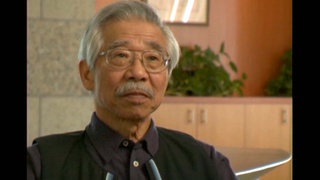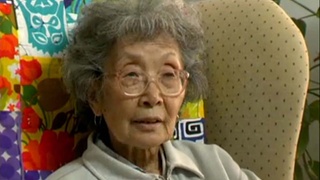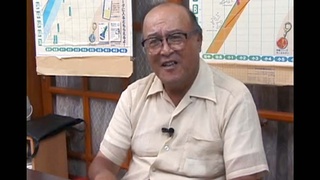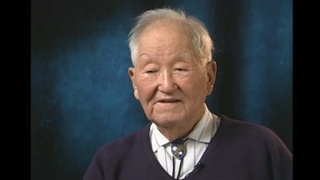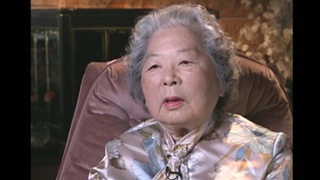Entrevistas
Ser um estranho
Quando você voltou para San Bernardino. Você sabe, lá – não há uma comunidade lá. Há, talvez, duas outras famílias que eu conheça. Os Abes e os…. Não consigo lembrar o nome da outra família, mas era isso, sabe. Havia alguns trabalhadores migrantes que estavam lá antes da guerra, mas depois da guerra, éramos apenas nós, você sabe, as três famílias.
E uh, eu cresci em uma área de bairro, que é uma área de língua espanhola, então meus pais falavam espanhol, japonês e inglês. E posso contar e ordenar - você sabe, posso nomear os alimentos e coisas assim por causa dessa experiência.
Mas você cresceu percebendo que você, ou eu, de alguma forma, foi assim que saí disso, sempre fui um observador de estar do lado de fora e olhar para as pessoas, não sendo - sentindo que eu ' sou parte disso. Isso é com a arte, isso é com a sociedade em geral.
Data: 8 de setembro de 2011
Localização Geográfica: Califórnia, Estados Unidos
Entrevistado: John Esaki, Kris Kuramitsu
País: Watase Media Arts Center, Museu Nacional Nipo-Americano

